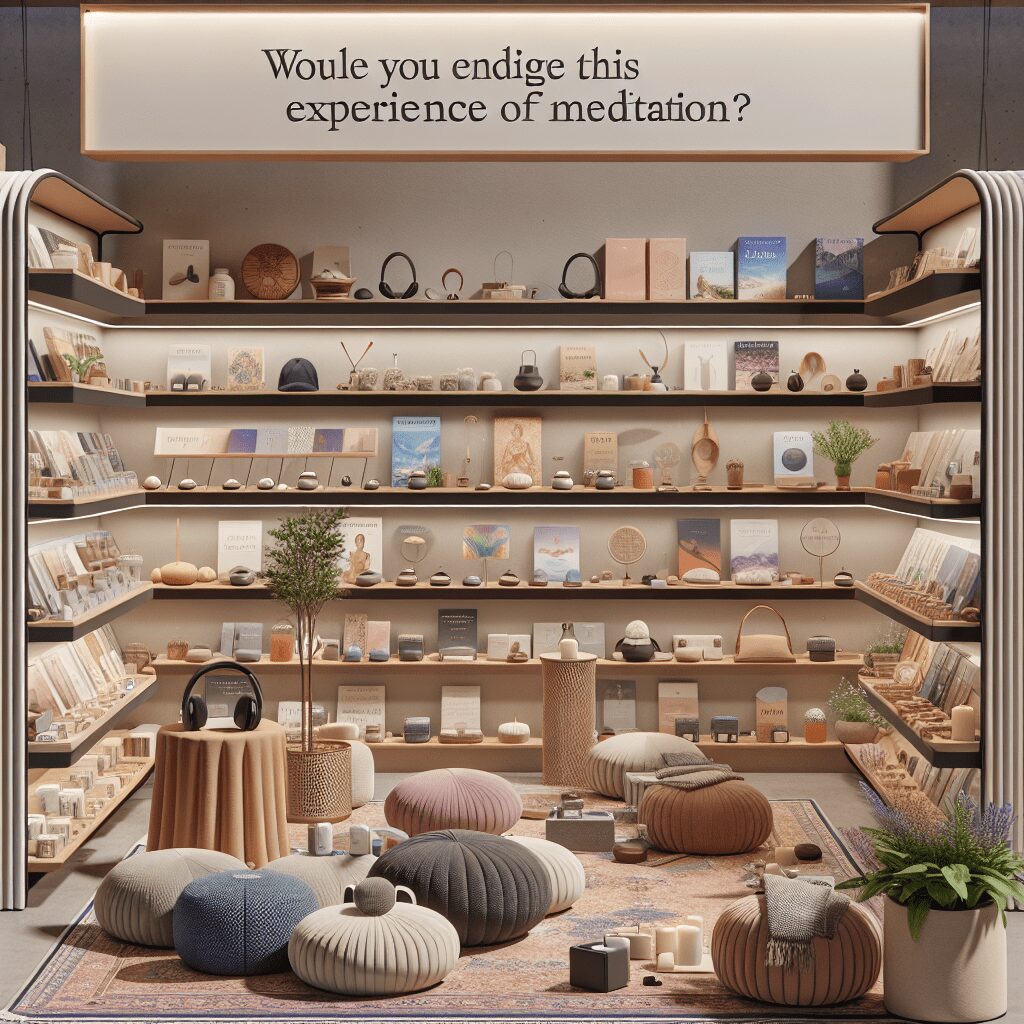
Prioritize your mental well-being daily. Enhance your life by nurturing your mental health with the Smart Meditation app. Break free from stress, alleviate anxiety, and enhance your sleep quality starting today.
Which Antidepressant Helps With Anxiety And Doesn’t Cause Eye Issues Like Blurry Vision?
Navigating Through Antidepressants: A Guide to Anxiety Relief without the Blur
When you’re in the thick of anxiety, finding a way out feels like hunting for a needle in a haystack. And, when you add the quest for an antidepressant that doesn’t blur your world—literally—it’s like searching for a unicorn. Well, saddle up; we’re going on a quest to uncover that elusive creature.
Seek and You Shall Find: SSRIs and SNRIs
Enter the realm of SSRIs (Selective Serotonin Reuptake Inhibitors) and SNRIs (Serotonin and Noradrenaline Reuptake Inhibitors). These two classes are the knights in shining armor in the battle against anxiety, often without the notorious sidekick of blurry vision.
SSRIs are often the first port of call. Why, you ask? They tend to have fewer side effects than other antidepressants. They work by increasing the level of serotonin in the brain, a chemical that has a good vibe attached to it. Common choices include:
- Escitalopram (Lexapro)
- Sertraline (Zoloft)
Both are renowned for their role in dampening down the fires of anxiety and are less likely to make the world seem like you’re viewing it through a frosted window.
SNRIs, on the flip side, boost both serotonin and norepinephrine. They’re like the dynamic duo fighting against anxiety. Duloxetine (Cymbalta) is a popular pick from this group, praised for its double-action formula that keeps anxiety at bay without fogging up your vision.
Eyes on the Prize: Side Effects and What to Watch For
Alright, let’s real talk for a sec. While SSRIs and SNRIs are less likely to cause vision troubles, it’s not a blanket guarantee. Like any medical treatment, it’s a bit of a jigsaw puzzle, and everyone’s pieces fit a bit differently.
- Keep an eye out (pun intended) for any changes in your vision. If things start to get a bit blurry, don’t just chalk it up to your glasses needing a clean. It could be your medication signaling it’s not the perfect match.
- Stay in the loop with your healthcare provider. They’re like the co-pilot on this journey, helping you navigate through the turbulence.
- Remember, side effects often become less of a bother as your body adjusts to the medication. It’s like breaking in a new pair of shoes; initially, they might pinch, but soon, you’ll be walking on air.
Finding the right antidepressant is a bit like dating; you might not find “The One” straight off the bat. But with a bit of patience and a good healthcare team in your corner, you’ll find the match that brings back the color to your world without leaving you squinting at the fine print.
In our search for a beacon of hope amidst the fog of anxiety and depression, it’s vital to aim for a solution that keeps our life in focus, both metaphorically and literally. So, here’s to finding that unicorn of an antidepressant, one that keeps the blur at bay and allows us to see our future with clarity and hope. Cheers to a brighter, less anxious, and sharply defined tomorrow.




